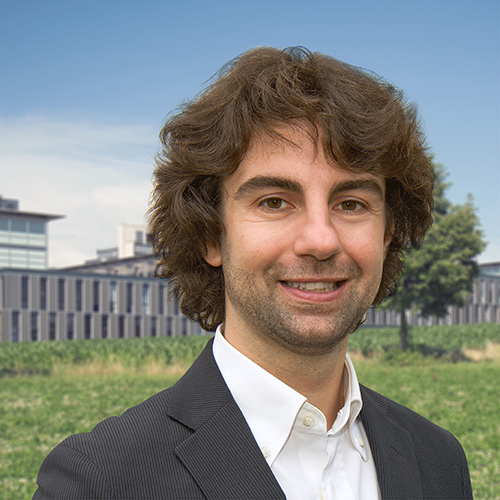
Urban forests serve as main regulator of the evaporative cooling effect in cities
05.06.2021 16:37
Green spaces are promoted worldwide as local and city-scale cooling strategies but the amount, type, and functioning of vegetation in cities lack quantification and their interaction with urban climate in different settings remains a matter of debate. A new study co-written by Branco Weiss Fellow Gabriele Manoli and published recently in AGU Advances uses state-of-the-art remote sensing data from 145 city clusters to disentangle the drivers of surface urban heat islands (SUHIs) intensity and quantify urban-rural differences in vegetation cover, species composition, and evaporative cooling. Utilizing those data, the researchers found that urban vegetation is the most important factor regulating SUHI intensities. Most importantly, they found that the type of urban vegetation (e.g. forests, shrubs, grasses) play a major role in explaining the development of SUHIs. Urban-rural differences in leaf area are caused primarily by changes in vegetation type and a loss of in-city forested areas, highlighting the importance of maintaining “natural reserves” as a sustainable heat mitigation strategy.
Read the news in Eos
Read the paper in AGU Advances
